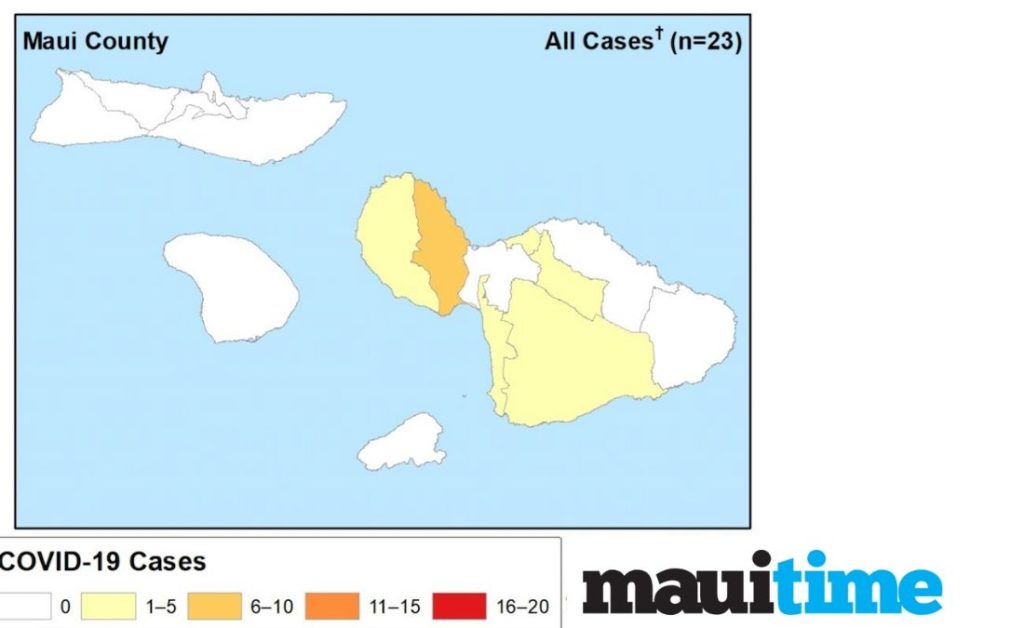

October 20 The CDC announced it would only be updating case and death data weekly. JanuThe Post moved to visualizing only seven-day averages for newly reported cases and deaths. Editing by Danielle Rindler and Armand Emamdjomeh. Kevin Schaul, Joe Fox, Brittany Renee Mayes, Jason Bernert, Simon Glenn-Gregg, Erik Reyna, Susan Tyler, Lenny Bronner, Peter Andringa, Emily Liu and Anthony Pesce contributed to this report. Additional design and development by Chris Alcantara, Youjin Shin and Madison Dong.

Population data represents five-year estimates from the 2019 American Community Survey by the Census Bureau.ĭesign and development by Leslie Shapiro.

These spikes are displayed on the daily charts but not included in rolling seven-day averages. Occasionally states will report large single-day “spikes” because of a reporting backlog, an identification of probable cases or a revision of reporting standards.
COVID TOTALS BY STATE FULL
The seven-day rolling average uses the past seven days of new daily reported cases or deaths to calculate a daily average, starting from the most recent full day of data. Hospitalization data before July 15, 2020, was provided by state health departments.Īll numbers are provisional and may be revised by the jurisdictions. It updates once daily by early afternoon but should be considered provisional until updated with weekly historical HHS data. Hospitalization data since July 15, 2020, is from the Department of Health and Human Services TeleTracking and HHS Protect hospital reporting systems. Deaths are recorded on the dates they are announced, not necessarily the dates they occur. Post-reported data is gathered from state sites and from county and city sites for certain jurisdictions. Data on deaths and cases for states and counties comes from the Centers for Disease Control and Prevention and Washington Post reporting.


 0 kommentar(er)
0 kommentar(er)
